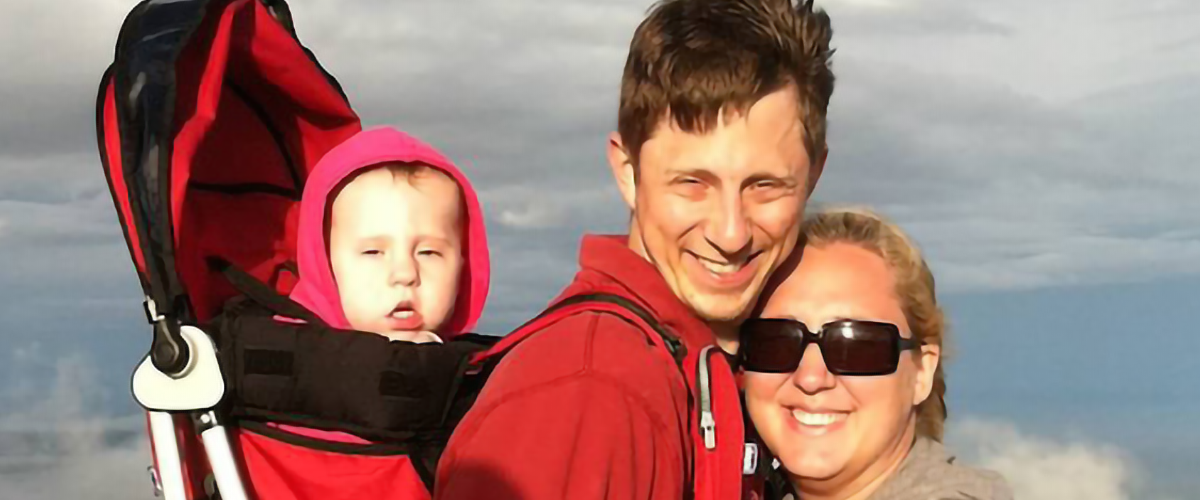Linking DM Molecular Events to Insulin Resistance and Muscle Atrophy
Muscle metabolic defects have been suspected as contributors toward the pathogenesis of DM. Recent studies have suggested that cellular/molecular mechanisms underlying reduced insulin sensitivity in skeletal muscle of both DM1 and DM2 may be more complex that has been appreciated. Specifically, prior findings suggested that perturbations of post-INSR signaling may be a key factor in development of insulin resistance (Renna et al., 2017). A new publication builds on these data to better establish the link between DM splicopathy and the development of insulin resistance and skeletal muscle atrophy.
Linking DM Molecular Biology to Metabolic Dysfunction
Drs. Laura Renna, Giovanni Meola, and Rosanna Cardani and colleagues (IRCCS-Policlinico San Donato and University of Milan) investigated events downstream from DM-associated mis-splicing of the insulin receptor (INSR) to identify pathways underlying insulin resistance and skeletal muscle wasting (Renna et al., 2019). Specifically, the team asked whether a lack of insulin pathway activation could contribute to skeletal muscle atrophy. Dr Renna was the recipient of an MDF Fellowship in support of this work.
The research team evaluated muscle biopsies from 8 DM1 and 3 DM2 genetically confirmed patients enrolled in a national registry. Biopsies were assessed for muscle fiber type and morphometrics, insulin receptor protein expression, INSR alternative splicing, and signaling pathway response to insulin stimulation.
Skeletal muscle atrophy was detected in nearly all DM1 (type 1 and/or type 2 fiber atrophy) and DM2 (type 2 fiber atrophy) patients. In contrast to the pattern seen in controls (including samples from unaffected controls, motoneuron disease, and type 2 diabetics), RT-PCR analysis showed predominance of the fetal insulin receptor isoform transcript in both types of DM. When examined by fiber type, DM skeletal muscle exhibited a lower expression of insulin receptor protein than all controls for type 1 (slow oxidative) muscle fibers. The team found a negative correlation between type 1 fiber insulin receptor protein level and level of fetal insulin receptor transcript.
A means of assessing insulin pathway activation was identified and validated by the research team. Their results showed that defective activation of insulin signaling led to lower activation of mTOR accompanied by increases in MuRF1 and Atrogin-1/MAFbx expression—all key regulators known to act through insulin signaling to modulate skeletal muscle mass.
Modeling the Impact on Skeletal Muscle in DM
Taken together, these findings further advance understanding of the linkage between insulin receptor mis-splicing, metabolic dysfunction, and skeletal muscle atrophy. In terms of the insulin receptor, predominance of the fetal insulin receptor isoform in DM was observed, and an overall reduction in insulin receptor protein level in DM skeletal muscles was linked to reductions in receptor expression in type 1 fibers.
Based on these data, the research team suggests that reduced insulin receptor levels are responsible for the observed defect in insulin pathway activation in DM and a metabolic imbalance in protein synthesis/degradation—these, in turn, indicate a potential link to skeletal muscle weakness and atrophy, but causality has not yet been established.
Finally, another recent publication (Vujnic et al., 2018) expands upon this theme of metabolic dysfunction in DM, reporting an increased incidence of metabolic syndrome (i.e., co-occurrence of at least 3 of 5 symptoms: central obesity, high blood pressure, high blood sugar, high serum triglycerides, and low serum high-density lipoprotein) in DM2. Thus, there’s a clear case for increased research and patient management efforts directed toward metabolic dysfunction in DM.
References:
Receptor and post-receptor abnormalities contribute to insulin resistance in myotonic dystrophy type 1 and type 2 skeletal muscle.
Renna LV, Bosè F, Iachettini S, Fossati B, Saraceno L, Milani V, Colombo R, Meola G, Cardani R.
PLoS One. 2017 Sep 15;12(9):e0184987. doi: 10.1371/journal.pone.0184987. eCollection 2017.
Aberrant insulin receptor expression is associated with insulin resistance and skeletal muscle atrophy in myotonic dystrophies.
Renna LV, Bosè F, Brigonzi E, Fossati B, Meola G, Cardani R.
PLoS One. 2019 Mar 22;14(3):e0214254. doi: 10.1371/journal.pone.0214254. eCollection 2019.
Metabolic impairments in patients with myotonic dystrophy type 2.
Vujnic M, Peric S, Calic Z, Benovic N, Nisic T, Pesovic J, Savic-Pavicevic D, Rakocevic-Stojanovic V.
Acta Myol. 2018 Dec 1;37(4):252-256. eCollection 2018 Dec.

